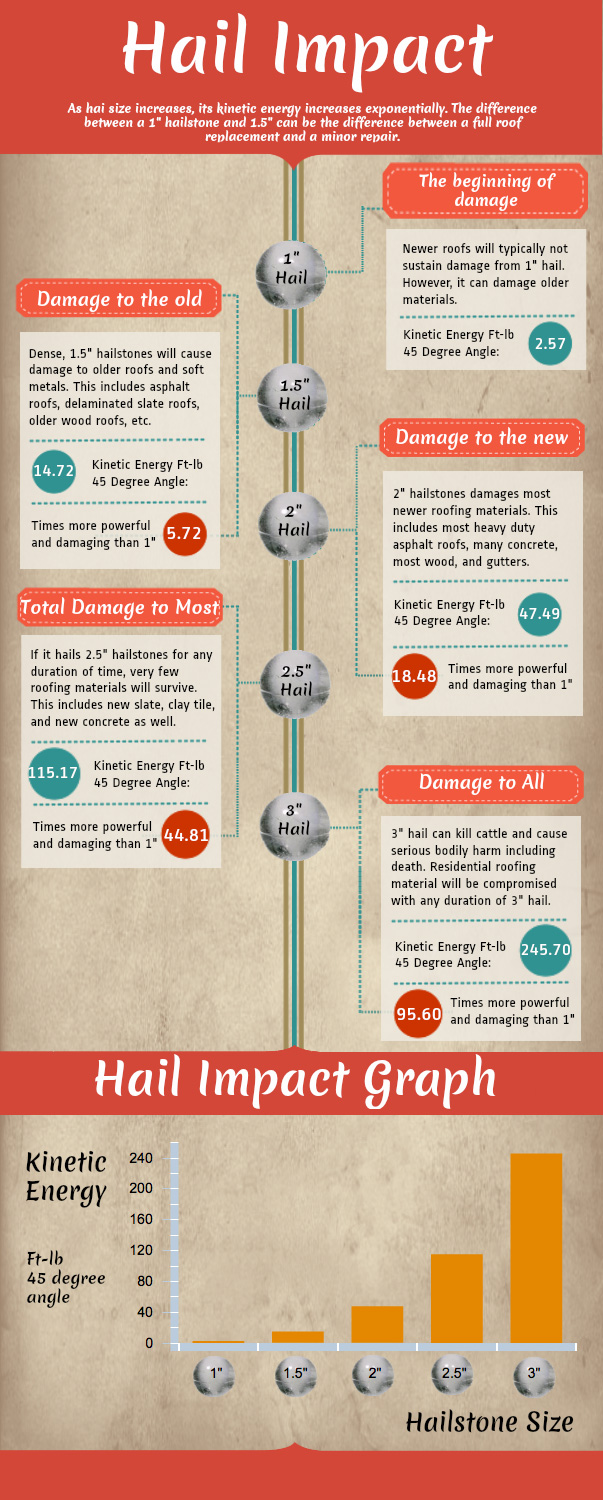The Feature Of Roof Air Flow In Making Certain A Successful Installment
The Feature Of Roof Air Flow In Making Certain A Successful Installment
Blog Article
Article Produced By-Gundersen Ploug
When you're taking on a roof task, you could not assume much about roof ventilation, however it's even more important than you recognize. Efficient air flow helps control temperature and wetness in your attic, avoiding issues like mold and architectural damage. By understanding exactly how to develop and install a balanced air flow system, you can improve power performance and lengthen the lifespan of your roofing products. So, what are the key variables to think about during installation that can make all the distinction?
Importance of Roof Covering Air Flow
Roof covering ventilation plays an essential function in keeping the general health of your home. By allowing fresh air to circulate through your attic room, it aids regulate temperature level and moisture degrees. This balance is vital to avoid heat build-up throughout warm months, which can lead to boosted energy costs as your cooling burns the midnight oil.
Additionally, proper air flow substantially lowers the risk of moisture-related issues like mold and mold. If humidity levels rise, your home's structural honesty can be endangered, bring about expensive repair work. You wouldn't wish to manage rotting timber or warped roof products, right?
Furthermore, adequate ventilation extends the life expectancy of your roofing system. When warmth and moisture are kept in check, your roofing can do efficiently, preventing early wear and tear. This indicates fewer frustrations and costs down the line.
Just How Roofing System Air Flow Works
Effective roofing system air flow relies on the all-natural motion of air to develop a balance in between intake and exhaust. When you install vents, you're essentially allowing fresh air to enter your attic room while making it possible for warm, stale air to leave. This procedure aids regulate temperature level and wetness degrees, stopping concerns like mold and mildew development and roof damages.
Intake vents, commonly found at the eaves, reel in awesome air from outside. On the other hand, exhaust vents, located near the ridge of the roofing, allow hot air surge and leave. The distinction in temperature level produces a natural air flow, known as the stack impact. As warm air rises, it creates a vacuum that pulls in cooler air from the lower vents.
To enhance this system, you require to ensure that the consumption and exhaust vents are correctly sized and positioned. If the intake is limited, you won't achieve the wanted ventilation.
Furthermore, inadequate exhaust can trap heat and moisture, bring about possible damages.
Key Installment Factors To Consider
When installing roof covering air flow, a number of vital considerations can make or damage your system's effectiveness. Initially, you require to analyze your roof's layout. The pitch, shape, and products all influence air movement and ventilation selection. Make certain to select vents that match your roof covering type and neighborhood environment conditions.
Next off, consider the placement of your vents. Ideally, you'll want a well balanced system with intake and exhaust vents placed for ideal airflow. Place intake vents low on the roof covering and exhaust vents near the peak to motivate a natural flow of air. This arrangement helps protect against wetness build-up and promotes energy performance.
Don't forget insulation. Appropriate insulation in your attic avoids warm from getting away and keeps your home comfortable. Make sure that insulation does not obstruct your vents, as this can hinder air flow.
Finally, think of maintenance. https://eduardowxrll.dsiblogger.com/66952609/5-urgent-indicators-that-you-need-to-replace-your-roofing-right-away that are simple to accessibility for cleansing and inspection. Routine upkeep ensures your system continues to function efficiently gradually.
Conclusion
In conclusion, roofing ventilation is crucial for a successful setup. By making Read the Full Content , you can protect against warm build-up and dampness concerns that lead to expensive damage. When you purposefully setting consumption and exhaust vents, you enhance energy performance and prolong the life expectancy of your roofing. Remember, a well-ventilated roofing system not only protects your investment yet also improves your interior air top quality. So, focus on air flow to make certain a resilient and economical roof for your home.
